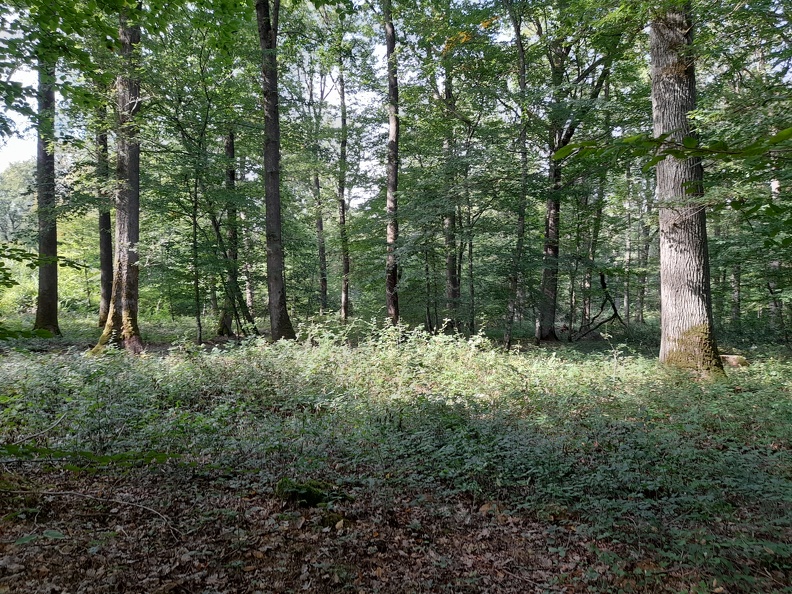To better understand the influence of stand structure on sunlight conditions in the understory of mature, even-aged oak forests, researchers in Germany studied the impact of cutting methods on light intensity and heterogeneity, which are important characteristics for competition between natural seedlings and the understory.
The intensity and type of light (direct, indirect, and total) were compared in mature oak stands treated with progressive cutting of varying intensities and gaps of different sizes.
In stands treated with progressive cutting, lighting in the understory could be predicted by basal area and forest cover.
However, indirect lighting was easier to predict than direct lighting, which is more variable for the same basal area, depending on the opening in the canopy to the south.
In the gaps, light intensity could be predicted by their size, diameter, and the height of the trees at the edge of the gap.
Gaps larger than 10 acres showed greater spatial heterogeneity than stands treated with progressive cutting, allowing the regeneration of species with different light requirements.
Select cutting, on the other hand, provided more homogeneous light conditions but also more variable conditions over time.
They conclude that select cutting is more suitable when the aim is to regenerate mainly sessile oak, while regeneration through the creation of gaps is preferable when the aim is to regenerate oak mixed with other species.


